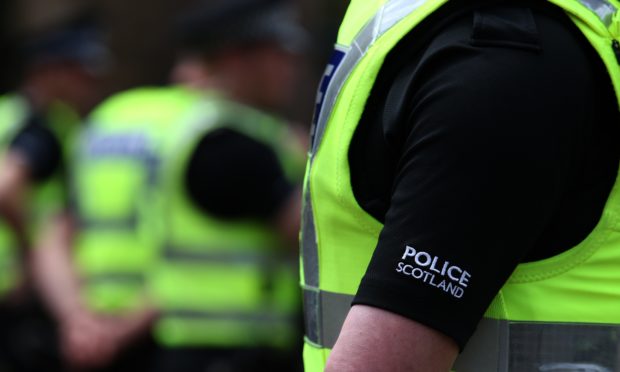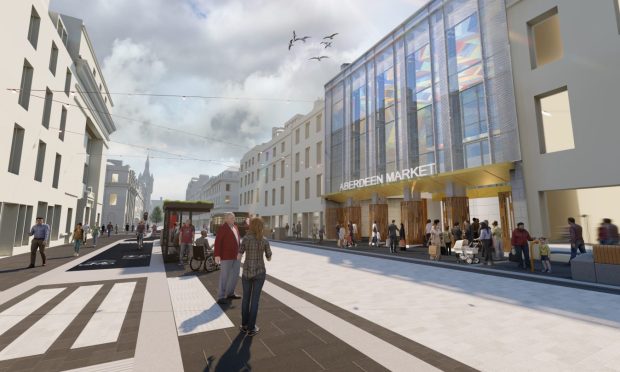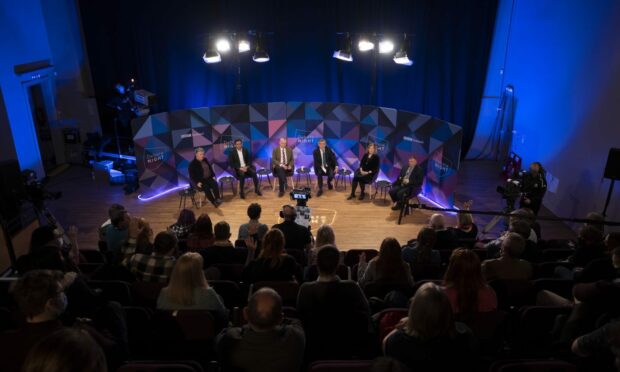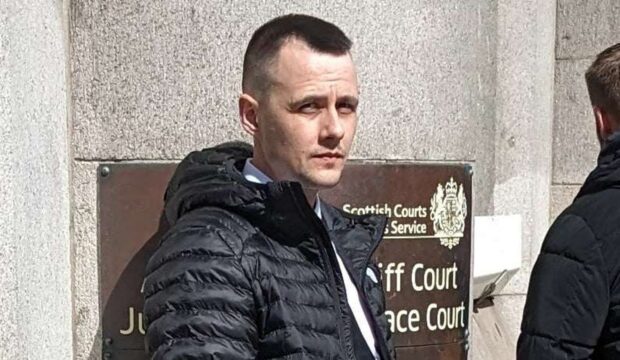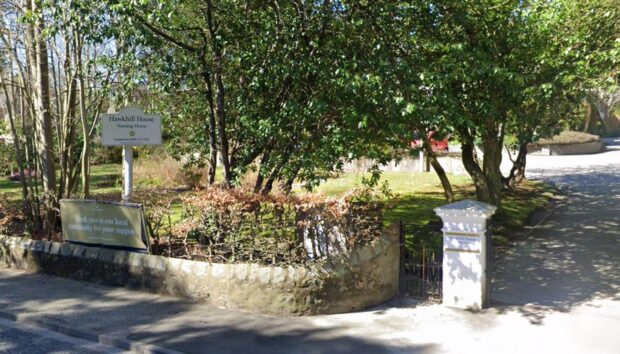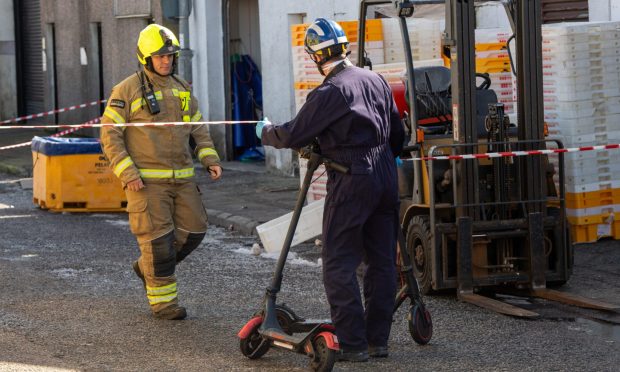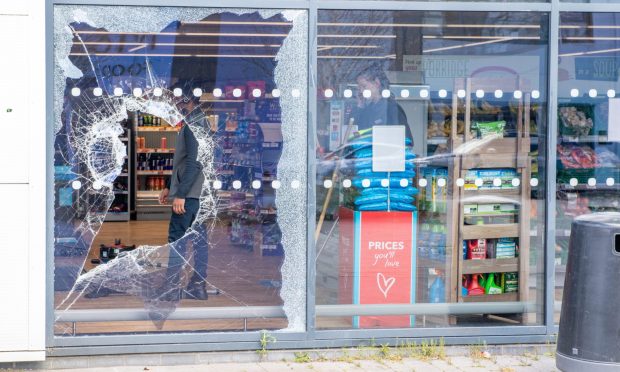Over-stretched police are struggling to meet their target times for progressing cases to the Crown Office and Procurator Fiscal Service, new research has revealed.
Police Scotland last night blamed a rise in online crimes, while politicians claimed the figures showed officers have “too much to do” with fewer resources.
Research has revealed that in nearly one in five cases, where an accused has been cautioned and charged, are taking more than the target 28 days to be processed.
But police say the number of crimes being reported has gone up and their natures can be “more complex” because many involve the use of new online technology.
Shadow justice secretary Liam Kerr said it was evidence of police having “too much to do” with fewer resources.
He said this would add to the upset of victims of crime who just want to see these cases resolved, adding: “This is evidence of an overstretched police force struggling to meet the demands currently placed upon it.
“The SNP has cut budgets to the bone, and the consequence of that is it’s taking too long to process these cases.
“It all means that victims of crime are having to wait even longer for their tormentors to be brought to justice.
“Scotland’s justice system needs to move efficiently and effectively.”
The 81.4% of cases that were sent in on time this year is the lowest since 2007, and significantly worse than the 88.4% of 2010/11.
Chief Inspector Chris Stewart, of the criminal justice services division, said: “We recognise there has been a slight reduction in the number of cases reported within the 28-day timescale.
“However, the number of reports we submit to the COPFS have reduced significantly over the years as we use more alternative direct measures, such as recorded police warnings and fixed penalty notices.
“Also, the type and nature of offences reported to police have become more complex with an increase in use of the internet, social media and mobile phones. Ultimately, this means inquiries and investigations can take longer to complete to ensure all available evidence is gathered and reported to the COPFS.”
